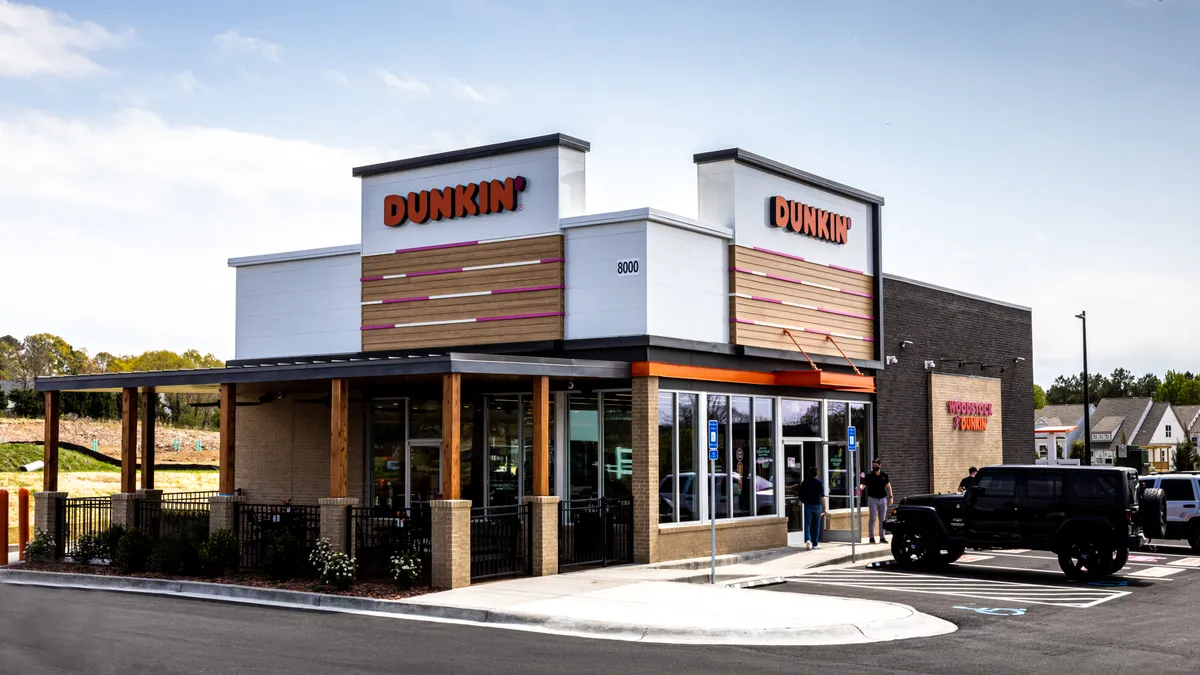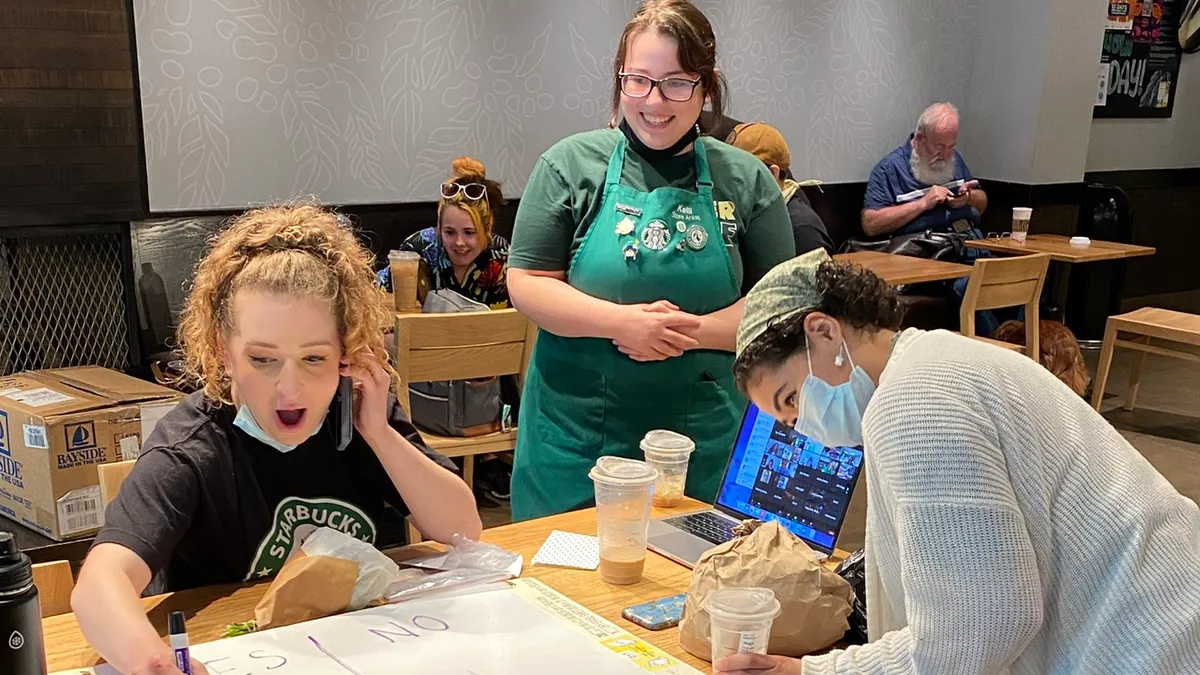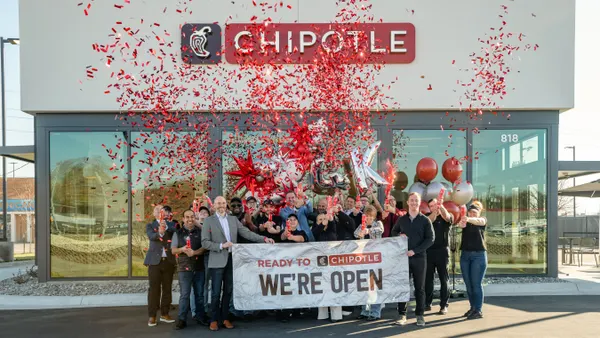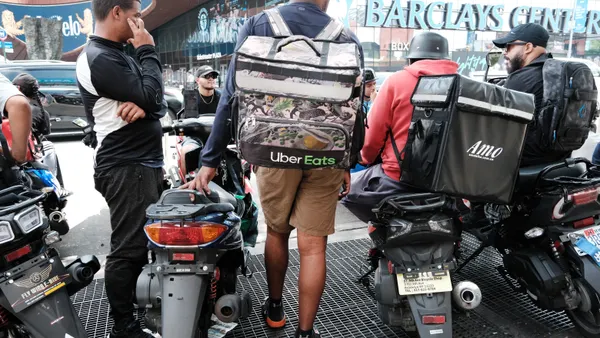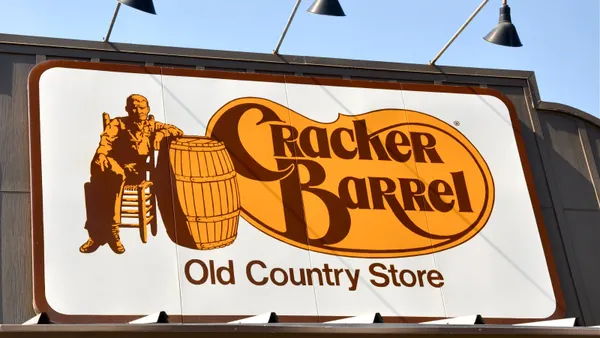Dive Brief:
- Subway is working with Broad Street Licensing Group, a global brand licensing agency, as it looks to expand beyond its own retail and bring branded licensed products to grocery stores, according to a press release.
- The move comes after the sandwich chain pivoted early in the pandemic and launched Subway Grocery. Since April, the program has expanded from more than 250 locations across five states to more than 1,500 locations in 34 states and Washington, D.C.
- Subway's planned foray into the broader retail landscape comes at a time when the lines between the restaurant and grocery industries are blurring as both are angling for diner dollars during the novel coronavirus pandemic.
Dive Insight:
With grocery and convenience stores leading sales in grab-and-go items, according to a consumer survey done in late 2019 and early 2020 by consulting firm Mattson, branching into new retail spaces may unlock new customers for restaurants, while providing food retailers with a recognizable brand to boost shopper loyalty.
Subway's latest partnership follows its expanding efforts to wade further into the grocery space, a strategy employed by both restaurant chains and independents during the pandemic as foot traffic is stunted from dining room restrictions. Last spring during the first wave of the pandemic, Subway jumped into grocery delivery and pickup, selling bread, meat, egg patties, cheese, vegetables, frozen soups, cookies and chips and other items. Panera Bread launched a similar grocery option around the same time.
Now, Subway is looking to move beyond its own brick-and-mortar and online storefronts. The pandemic has taken a particularly hard hit on establishments like Subway that rely heavily on the lunch crowd.
In 2019, GlobalIcons, a California company that helps businesses expand the reach of their products through licensing deals, estimated 90% of restaurant brands in the grocery aisle have entered the retail market during the last six years alone — a trend that shows no sign of abating, Food Dive reported. In a 2015 study, GlobalIcons found sales of these products totaled $4.4 billion, and that restaurant brands in stores have exploded from fewer than 10 in 2000 to more than 50 at the time of the report.
Grab-and-go has become an increasing draw for shoppers, which could be a boon for both Subway and grocers. According to a Mattson study, the majority of participants bought grab-and-go items multiple times a week, with 40% saying they bought items two to three times and 23% buying four to five items per week. Schnuck Markets and Hy-Vee are just some of the grocers that have leveraged partnerships with local restaurants to improve their prepared meal sections and offer more options.
As grocers and restaurants turn toward collaborating — and away from competing — with each other, chains may see a financial boost with licensing their brands with an average 1% to 2% increase in same-store sales in markets where the product is sold, according to brand licensing agency Global Icons.
Christopher Doering contributed to this report.





